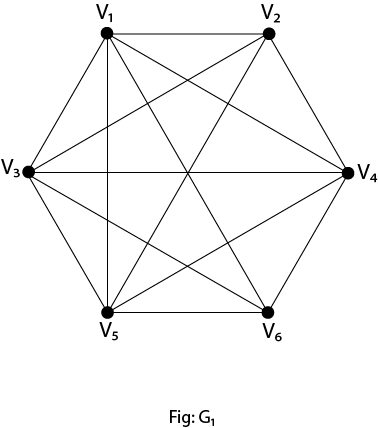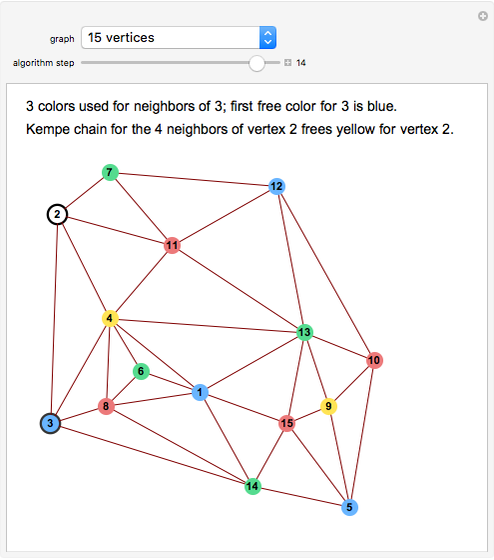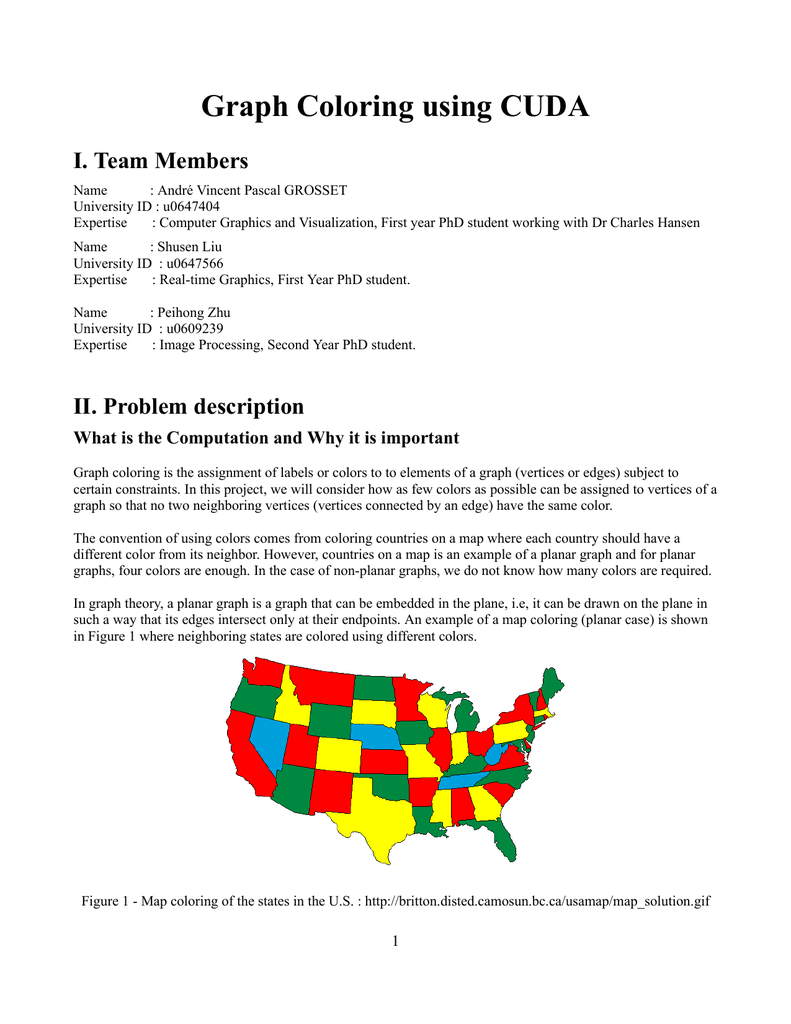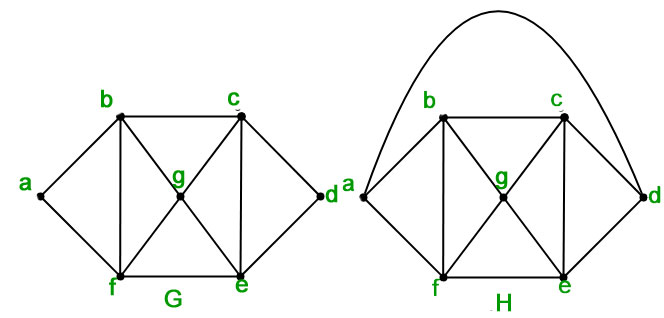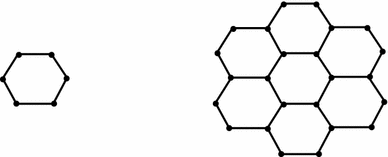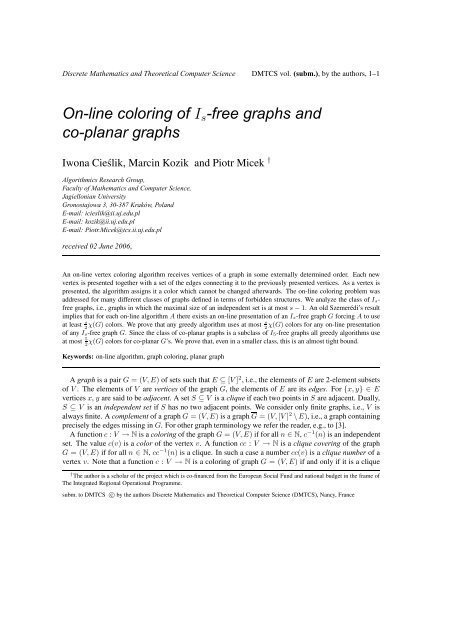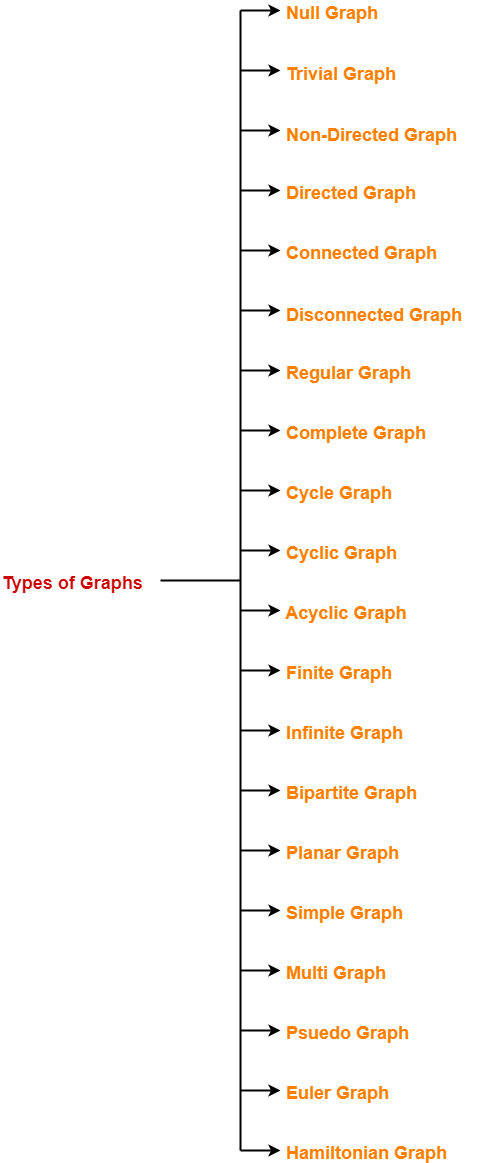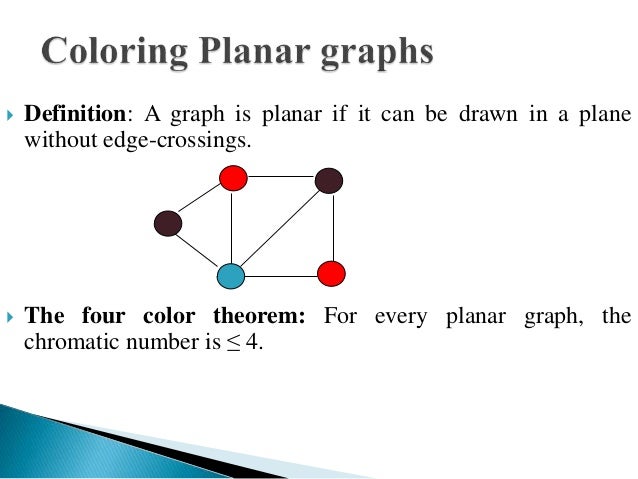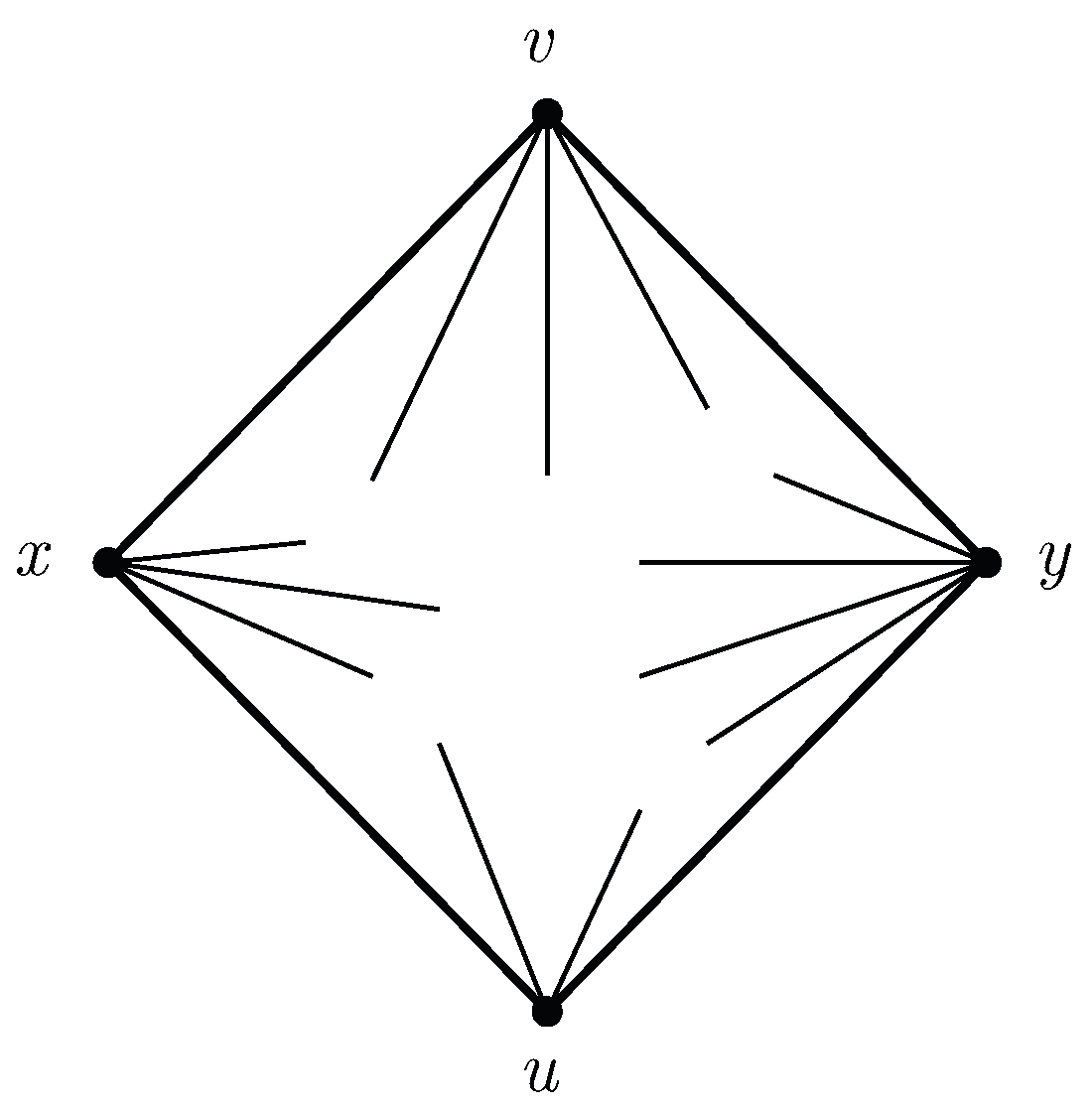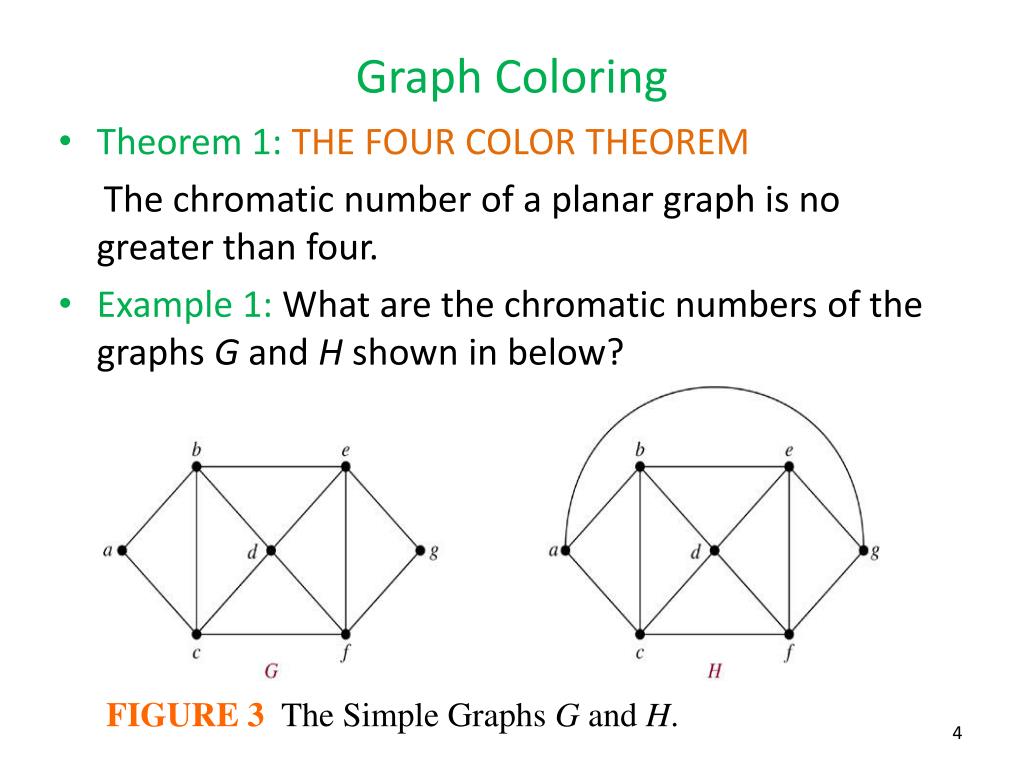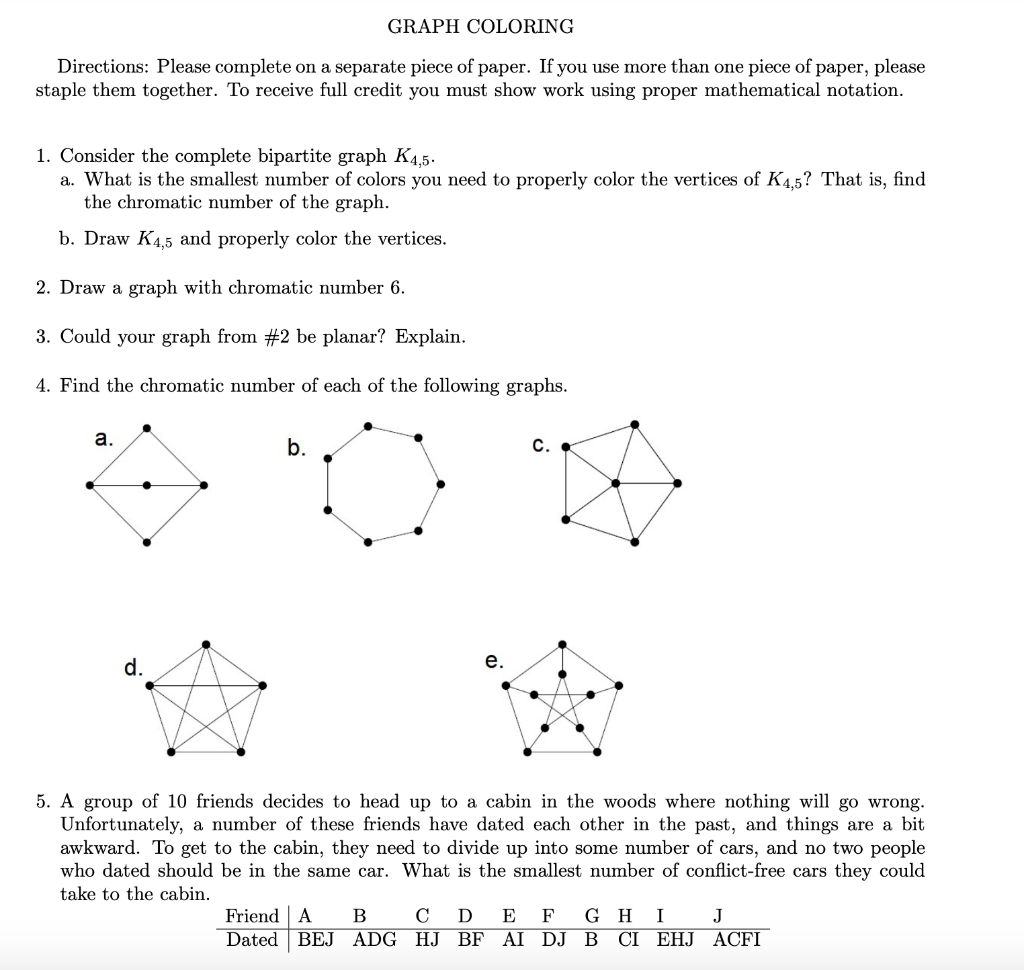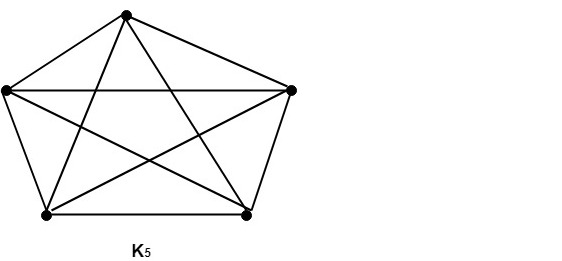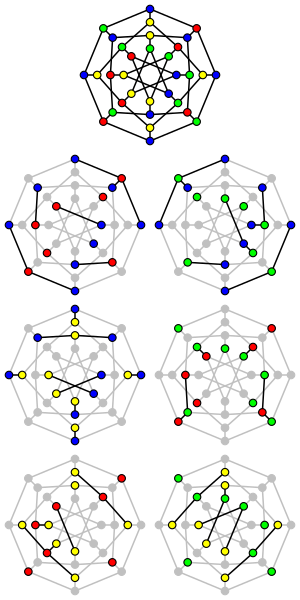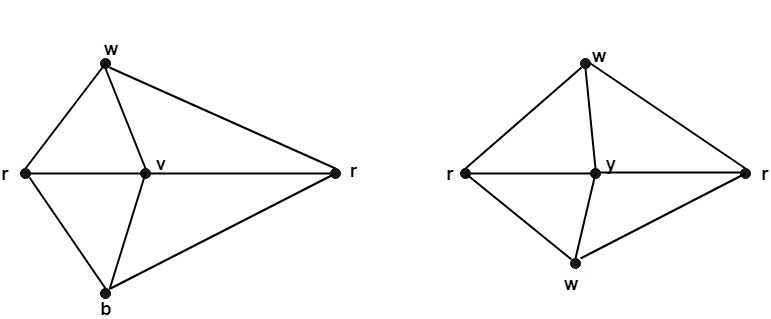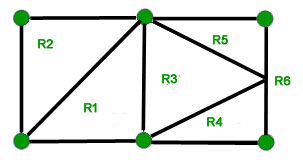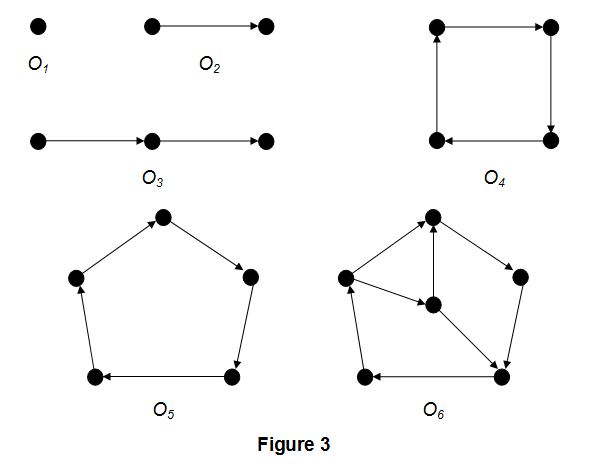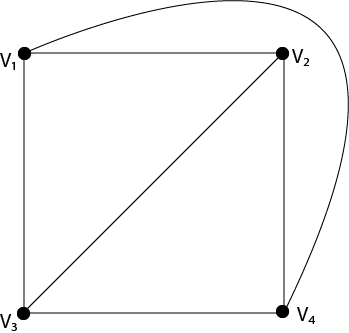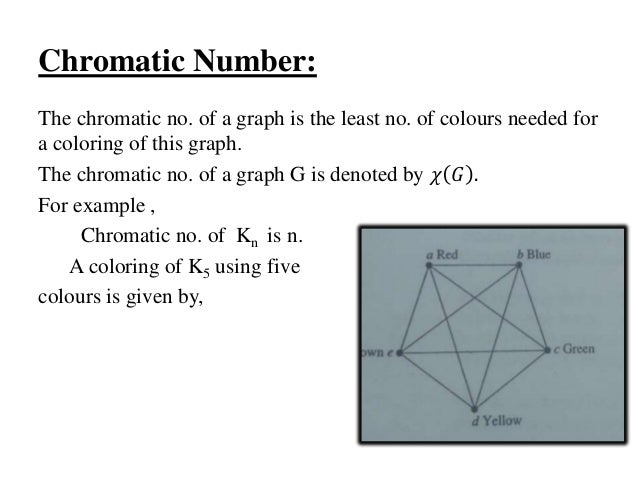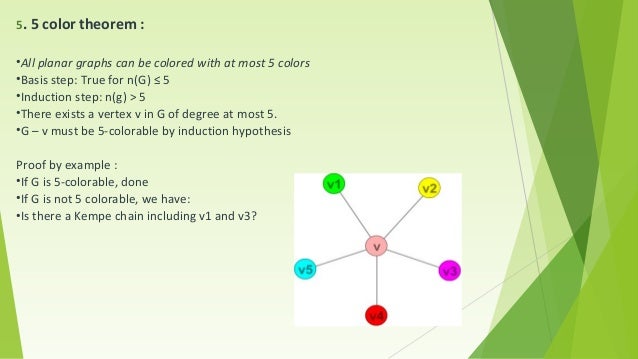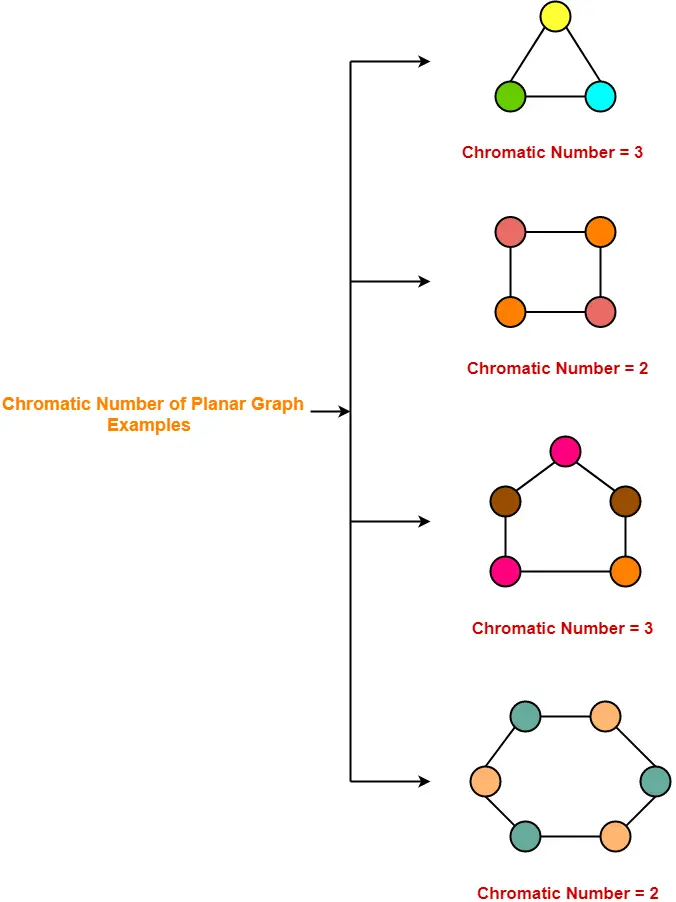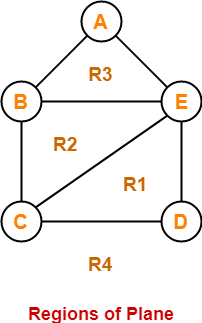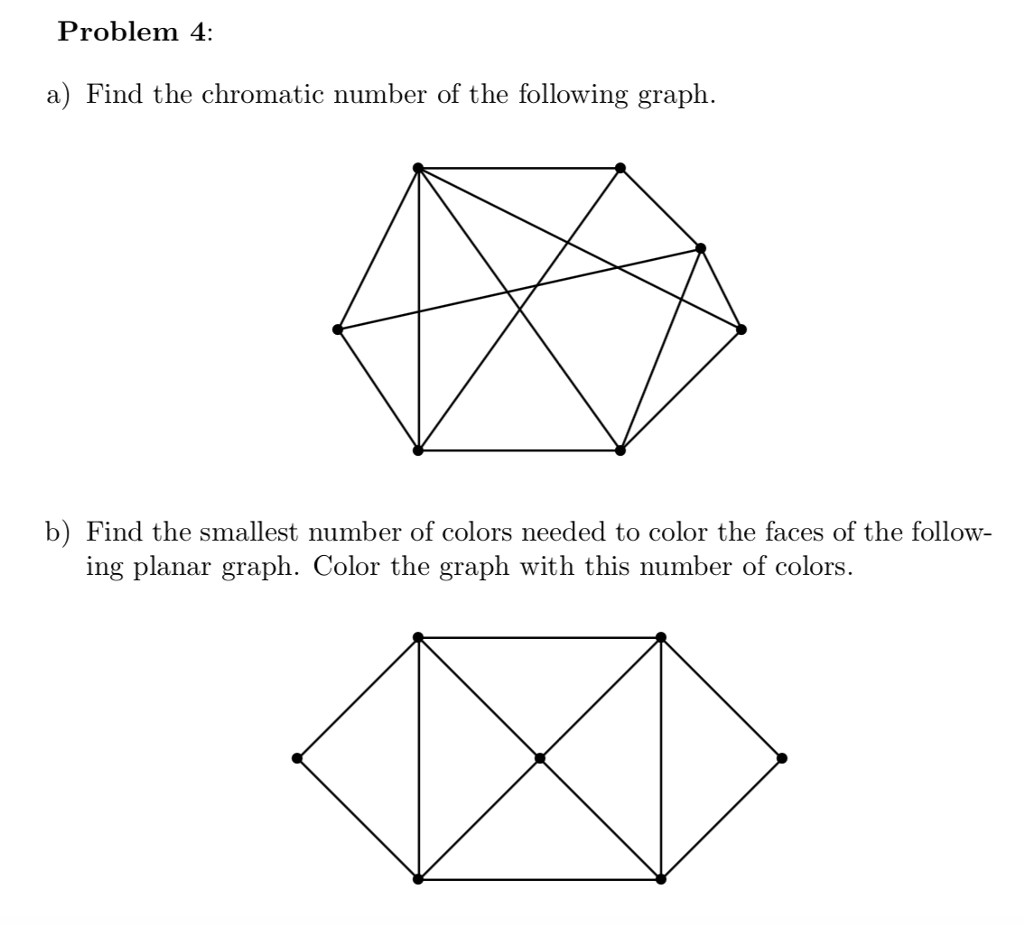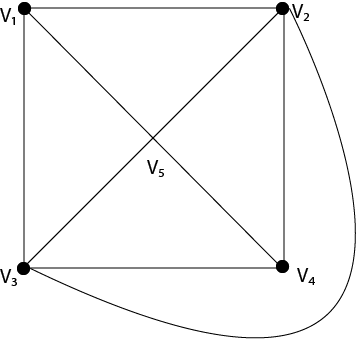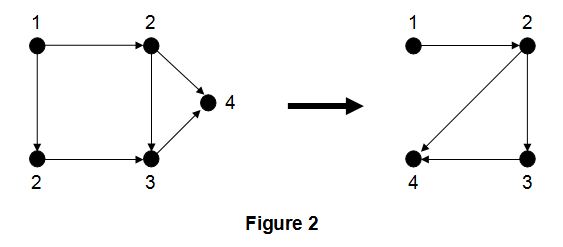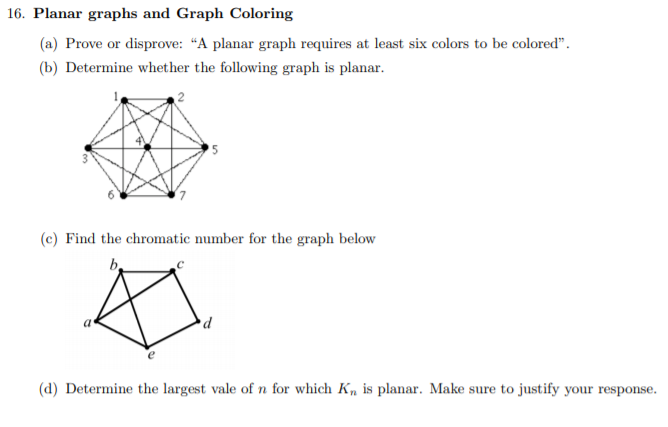Coloring Number Of Planar Graphs - Coloring Pages For Kids
Section 3 introduces some applications for the con ict free coloring problem.

Coloring number of planar graphs. 1 planar graphs were first studied by ringel 1965 who showed that they can be colored with at most seven colors. 4 color theorem the chromatic number of a planar graph is no greater than 4 example 1 what is the chromatic number of the following graphs. The chromatic number x g chig x g of a graph g g g is the minimal number of colors for which such an. Ict free coloring planar graphs.
Section 4 describes a heuristic for con ict free coloring general graphs. The example of the complete graph k 6 which is 1 planar shows that 1 planar graphs may sometimes require six colorshowever the proof that six colors are always. This problem was first posed in the nineteenth century and it was quickly conjectured that in all cases four colors suffice. For planar graphs the finding the chromatic number is the same problem as finding the minimum number of colors required to color a planar graph.
The first results about graph coloring deal almost exclusively with planar graphs in the form of the coloring of mapswhile trying to color a map of the counties of england francis guthrie postulated the four color conjecture noting that four colors were sufficient to color the map so that no regions sharing a common border received the same color. Borowiecki 1993 asked whether hadwigers conjecture could be extended to list coloring. For k 4 every graph with list chromatic number k has a k vertex clique minor. A graph coloring is an assignment of labels called colors to the vertices of a graph such that no two adjacent vertices share the same color.
A graph coloring for a graph with 6 vertices. Section 2 provides the background necessary to understand the problem and how it is used. Place n points at the vertices and center of a regular n 1 sided polygonfor each color class include one edge from the center to one of the polygon. However the maximum list chromatic number of planar graphs is 5 not 4 so the extension fails already for k 5 minor free graphs.
Section 5 looks into the speci c case of con ict free coloring planar. A complete graph k n with n vertices is edge colorable with n 1 colors when n is an even number. The number of colors needed to properly color any map is now the number of colors needed to color any planar graph. Soifer 2008 provides the following geometric construction of a coloring in this case.
It is impossible to color the graph with 2 colors so the graph has chromatic number 3. This is a special case of baranyais theorem.
